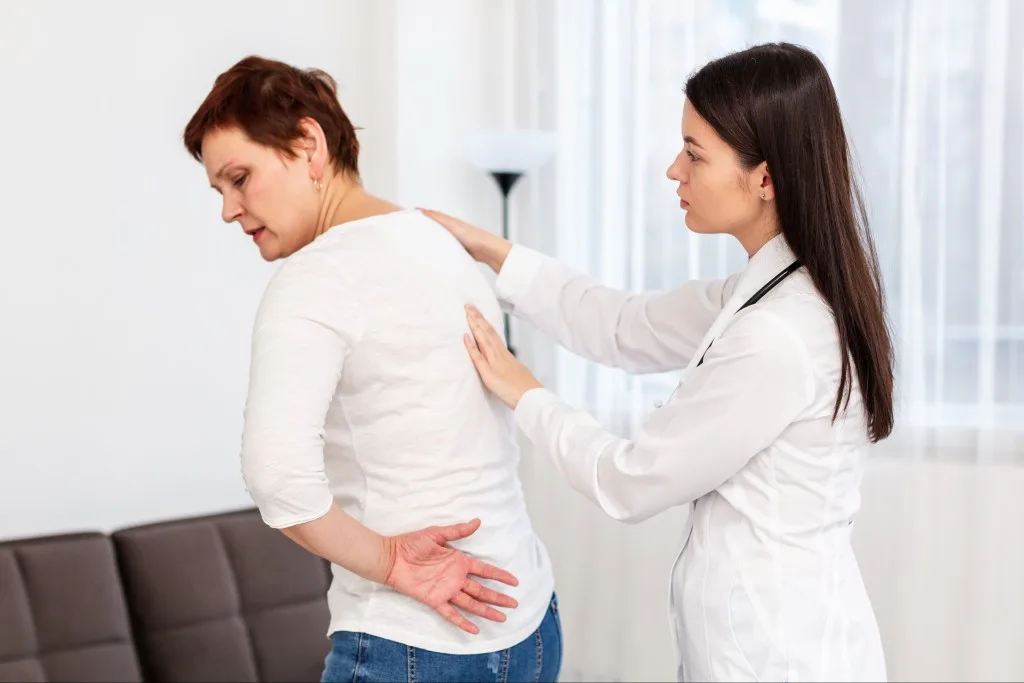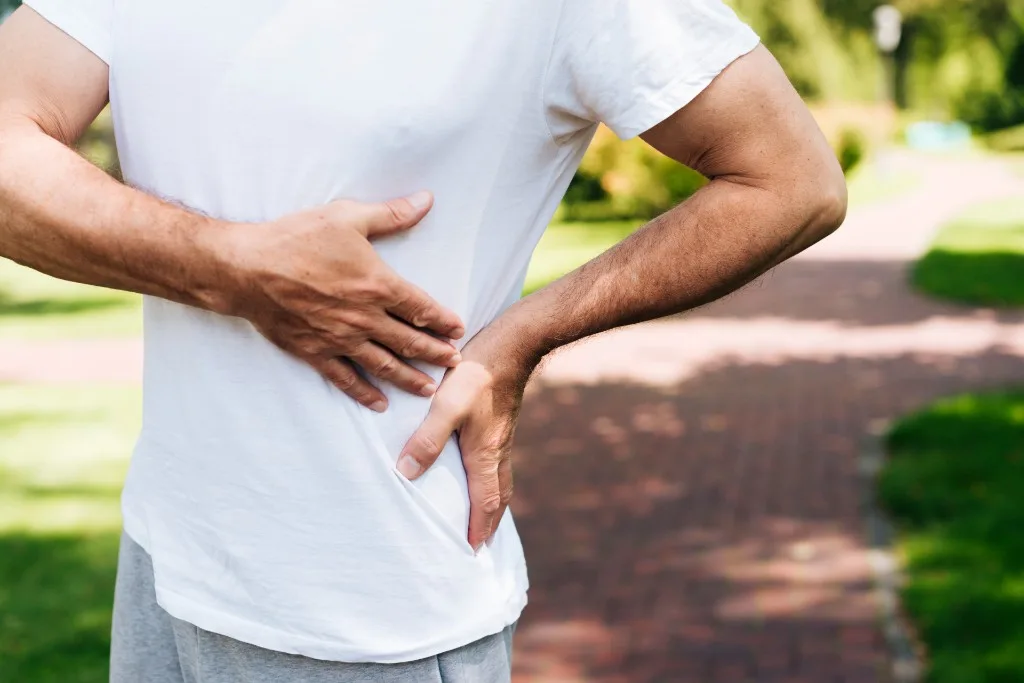Hip pain after a car accident is a common and treatable condition. Because the hip is one of the body’s largest and most complex joints, even a low-speed collision can disrupt its bones, cartilage, muscles, or nerves. This damage can lead to discomfort that appears immediately or emerges hours and days later as inflammation and tissue changes develop.
Understanding why hip pain occurs, the signs to look for, and the best ways to treat it can make a significant difference in recovery. A skilled car accident chiropractor can identify the underlying cause and design a treatment plan that restores mobility, reduces discomfort, and prevents long-term complications.
Why Car Accidents Can Cause Hip Pain
During a collision, the body experiences sudden, intense force. The hips often absorb much of this impact through seatbelts, airbags, or abrupt changes in body position, which can strain or injure soft tissue and joints.
Common reasons hip pain occurs after an accident include:
- Direct trauma: Hitting the seat, dashboard, door, or steering wheel.
- Twisting or torque: Sudden rotational forces during braking or impact.
- Compensatory strain: Shifting weight to protect other injured areas.
- Hidden injuries: Soft tissue strains or cartilage damage that surface later.
These factors may lead to lingering stiffness, reduced mobility, or pain during everyday activities such as walking or sitting
Common Symptoms of Hip Pain After a Car Accident
Signs of hip injury vary depending on the type and severity of trauma. You may experience:
- Sharp or deep aching pain in the hip joint
- Pain radiating into the thigh, groin, or lower back
- Stiffness or limited range of motion
- Discomfort while sitting, standing, or walking
- Clicking, popping, or feelings of instability
- Swelling, tenderness, or bruising
If these symptoms appear, even if they seem mild, schedule a medical evaluation to rule out more serious conditions like fractures or labral tears.
How Hip Injuries Are Diagnosed
Prompt evaluation is key to proper treatment. A thorough diagnostic process may include:
- Medical history: Reviewing accident details, previous injuries, and current symptoms.
- Physical examination: Assessing joint function, range of motion, and posture.
- Imaging tests: X-rays, MRIs, or CT scans to detect fractures, tears, or cartilage damage.
- Chiropractic assessment: Checking hip, pelvic, and spinal alignment for contributing misalignments.
Early diagnosis allows for more effective treatment and reduces the risk of chronic pain.
Common Types of Hip Injuries After a Car Accident
The hip is strong yet vulnerable during sudden, forceful impacts. Car accidents can lead to several types of injuries, including:
Hip Fractures
A direct blow to the hip can cause a fracture, leading to severe pain, swelling, and difficulty bearing weight. Immediate medical attention is essential, and surgical stabilization may be required.
Hip Dislocations
A high-impact collision can displace the hip joint. This condition is extremely painful and restricts mobility. Prompt treatment is needed to reposition the joint and reduce the risk of chronic issues.
Labral Tears
The labrum, a ring of cartilage stabilizing the hip socket, can tear due to trauma. This often causes sharp, deep pain, instability, and a catching or locking sensation during movement.
Soft Tissue Injuries
Muscles, ligaments, and tendons around the hip can stretch or tear during a crash. While these injuries may not be as severe as fractures, they can still cause significant pain and stiffness if untreated.
Bursitis
Inflammation of the fluid-filled bursae that cushion the hip can occur after trauma. This typically results in sharp pain, especially when lying on the affected side or climbing stairs.
Steps to Take If You Experience Hip Pain
If you notice hip pain after a car accident, follow these steps to protect your health and support recovery:
- Track your symptoms: Note the location, severity, and triggers of pain to help guide diagnosis and treatment.
- Seek medical evaluation: Even mild pain should be assessed to rule out fractures or internal injuries.
- Follow recommended care: Rest, controlled movement, and prescribed exercises are vital for healing.
- Monitor progress: Pain patterns may change over time. Keep your provider informed of new or worsening symptoms.
Treatment Options for Hip Pain After a Car Accident

The right treatment depends on the type and severity of your injury. Common approaches include:
Rest and Activity Modification
Reducing physical strain allows injured tissues to heal. Gentle stretching or low-impact exercises may help maintain mobility.
Physical Therapy
Structured exercises strengthen muscles, improve flexibility, and support joint stability. Tailored programs promote safe and steady recovery.
Chiropractic Adjustments and Manual Therapy
Chiropractic care can realign the hip and pelvis, reducing pressure and improving joint function. Adjustments often complement other treatments for better outcomes.
Massage Therapy
Targeted massage relieves muscle tension, decreases inflammation, and enhances circulation for faster healing.
Cold and Heat Therapy
Alternating ice and heat can minimize swelling, reduce stiffness, and improve comfort.
Medication Management
Anti-inflammatory medications may be recommended to manage pain and make rehabilitation more effective.
Surgical Intervention
Severe injuries, such as fractures or dislocations, may require surgery. Rehabilitation and non-invasive care usually follow to restore function.
Get Lasting Relief from Hip Pain After a Car Accident
Hip pain after a car accident often means your body absorbed more impact than you realize. Ignoring it can lead to lasting discomfort or limited mobility.
At Affordable Chiropractic Killeen, we evaluate how your spine, hips, and joints have been affected by the accident and use chiropractic adjustments, spinal decompression, and soft-tissue therapy to relieve pressure, reduce inflammation, and restore natural movement.
Do not let hip pain disrupt your life. Contact us at (254) 526-6151 or schedule an appointment online to begin your journey toward lasting relief and improved mobility.

